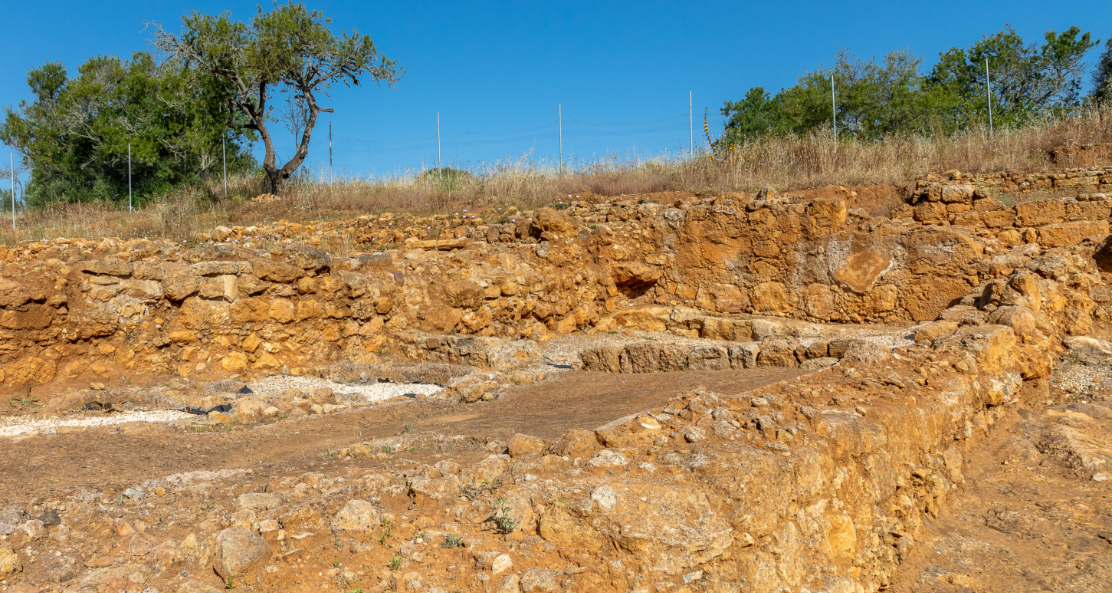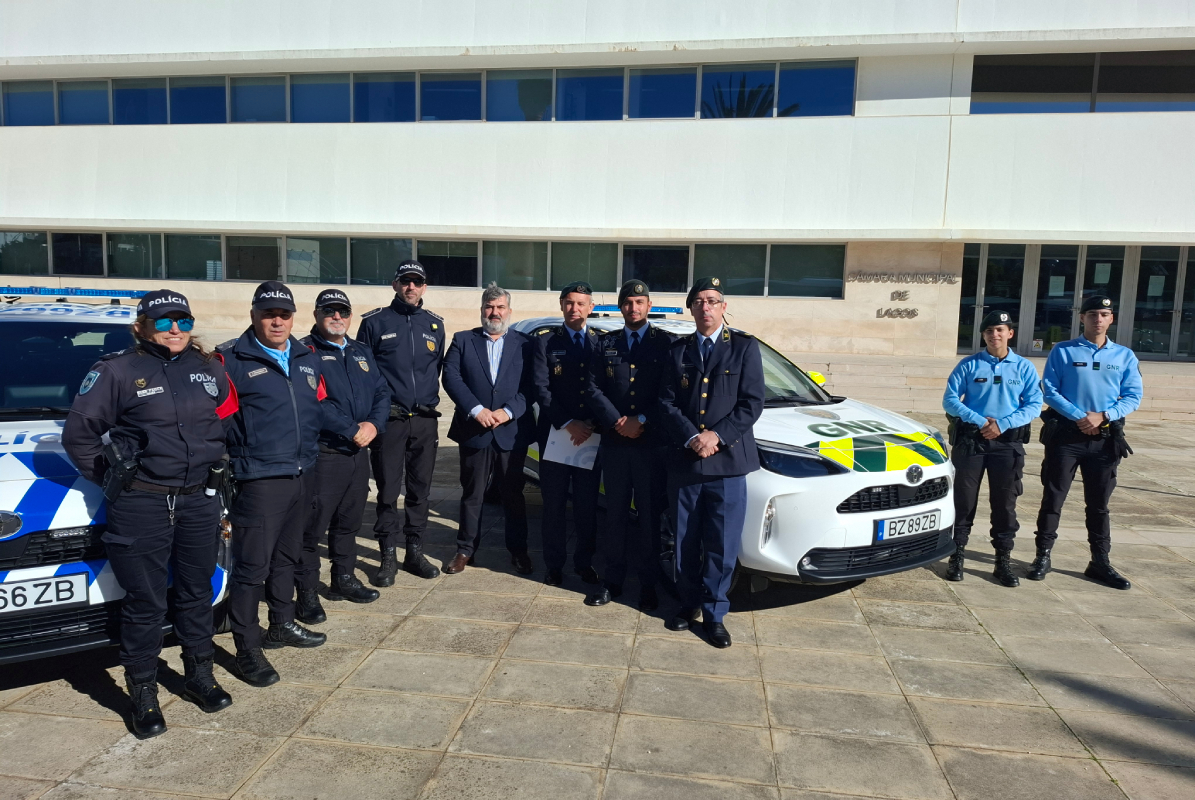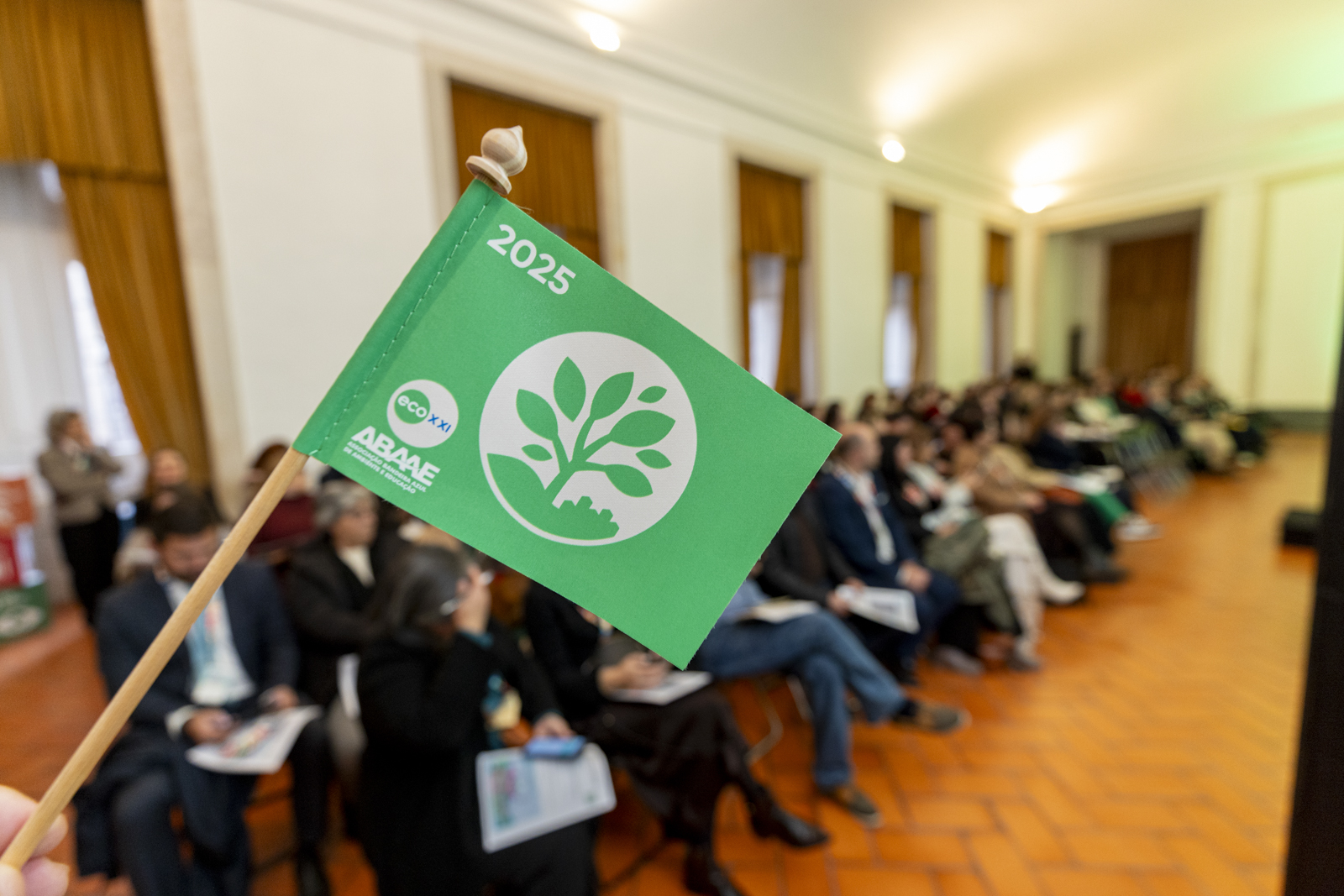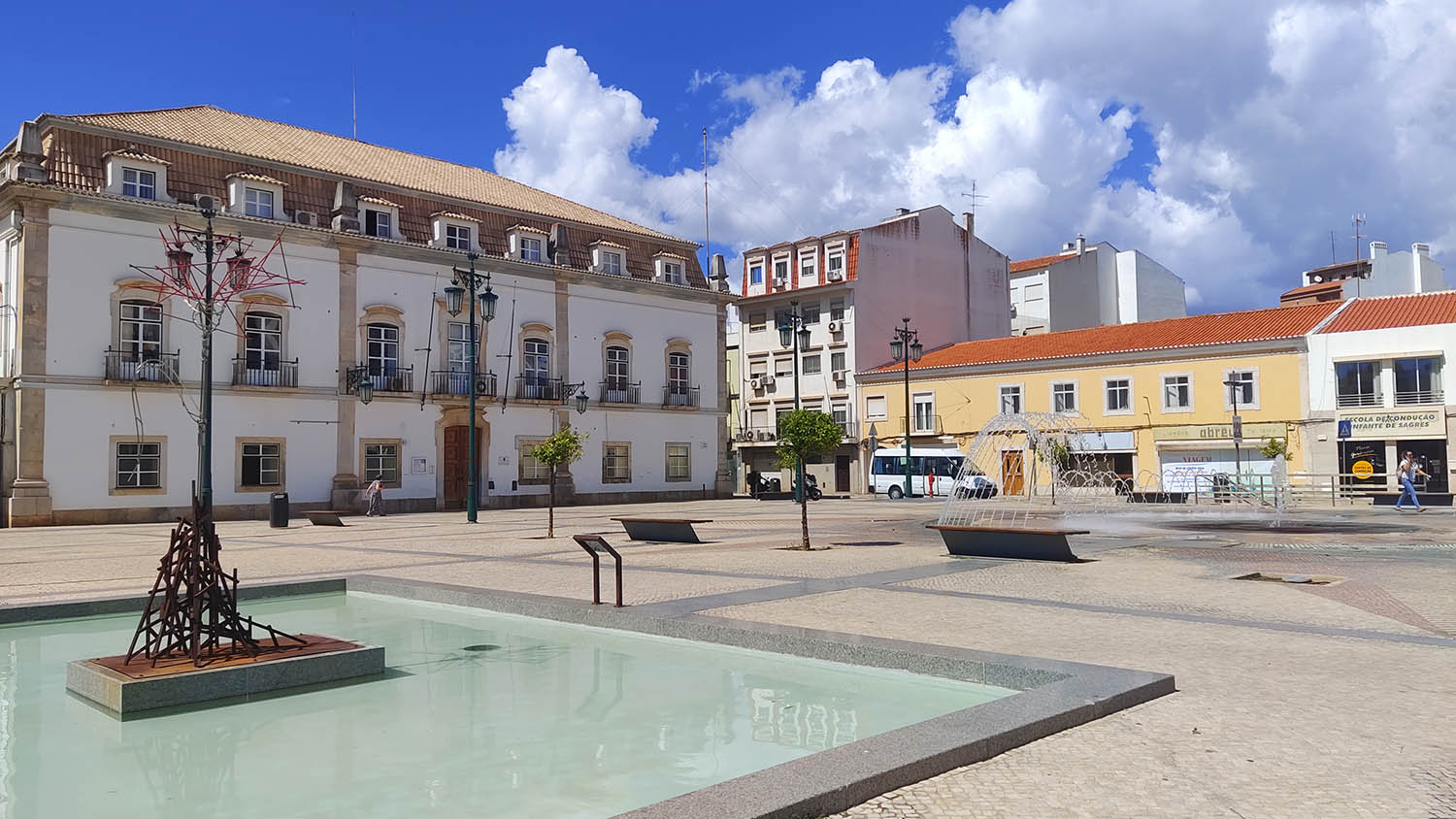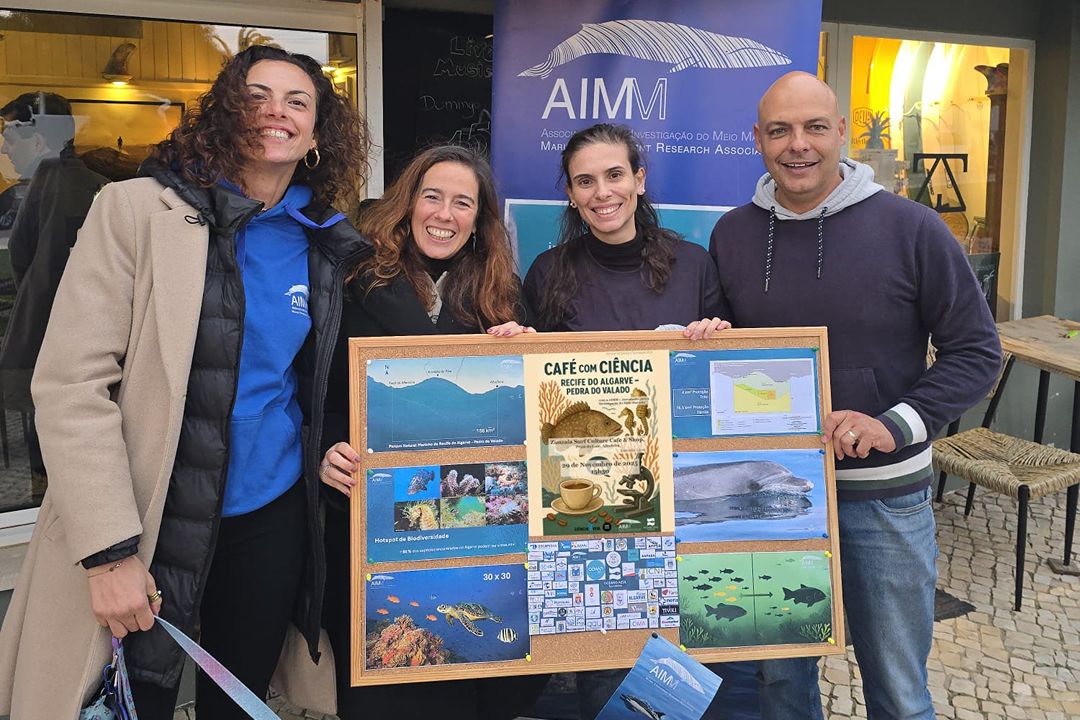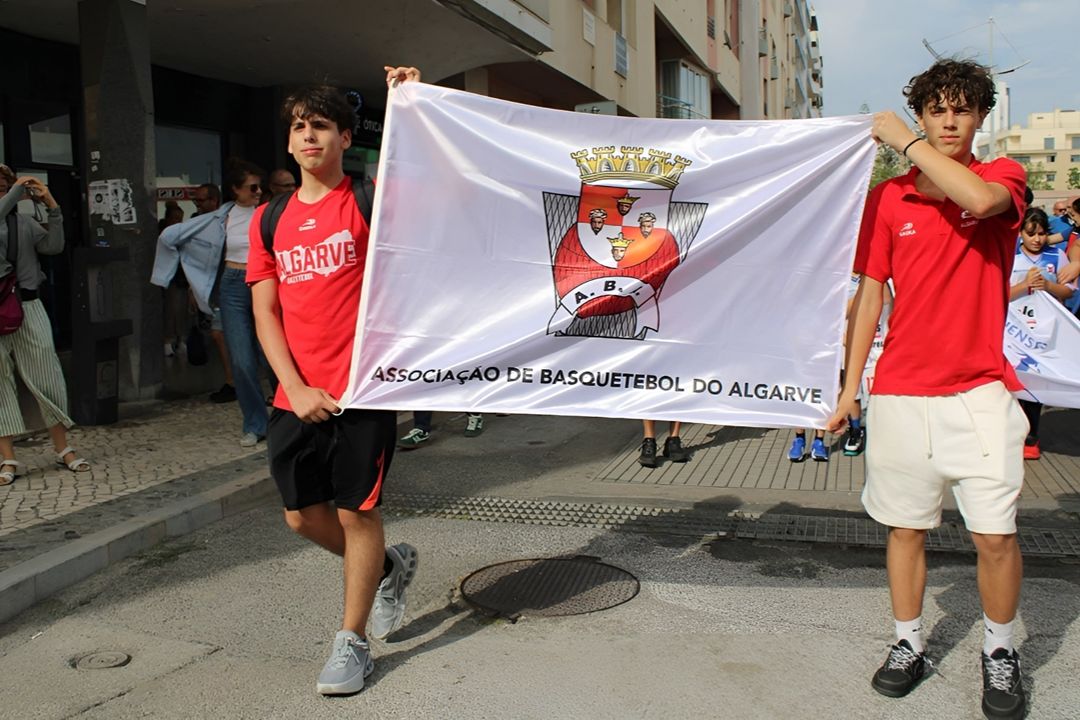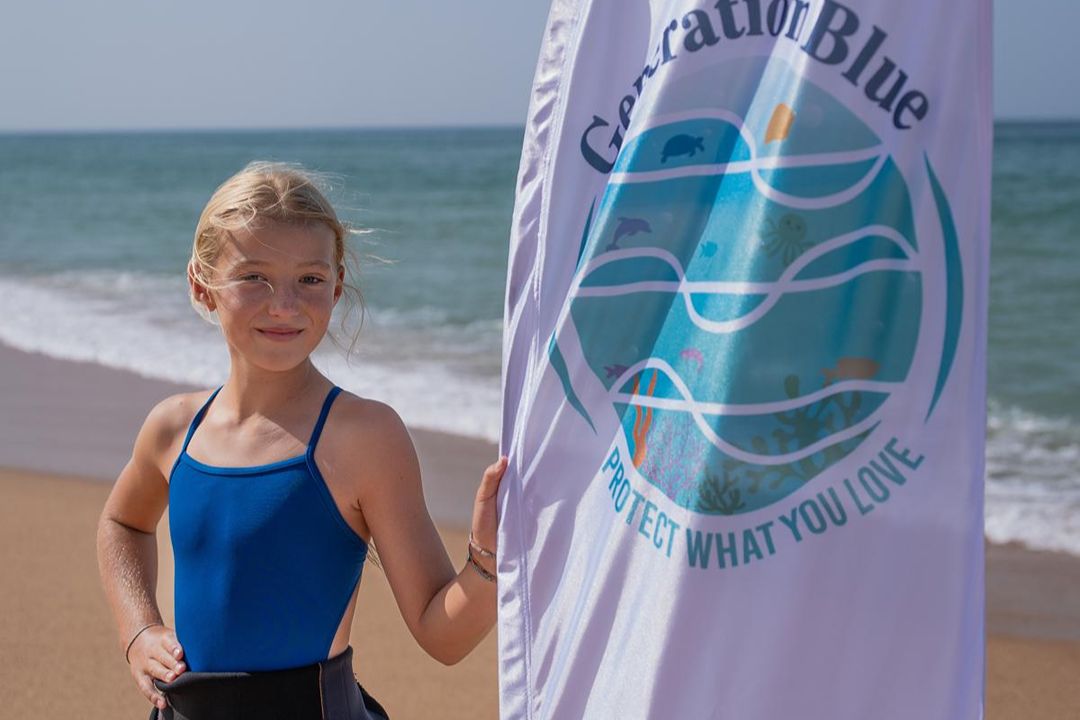By Phil Egginton
In AD43, Pomponius Mela, a Roman geographer recorded a place called Laccobriga. Modern Lagos residents now refer to themselves as Lacobrigenses.
One of my favourite quotes from the comedy team of Monty Python is, “Alright…. but apart from the sanitation, the medicine, education, wine, public order, irrigation, roads, the fresh-water system, and public health……what have the Romans ever done for us?” A fun but quite accurate description of how ancient Rome influenced the development of modern society.
Research now indicates that the modern city of Lagos does have its foundation in Roman Laccobriga. At the end of the 19th-century archaeologists first discovered Roman ruins and a graveyard in Lagos. For a long time, the actual location of Laccobriga was disputed. In the second half of the 20th century and, again in recent years, further archaeology work was done to investigate. Today the site of Laccobriga is generally agreed to be an area called Monte Molião. This is not within the current walled city of Lagos but just outside. In fact, when driving out of Lagos in the direction of Portimão you cannot miss it. Monte Molião is the small hill which overlooks the Pingo Doce supermarket near to the Marina. If you look at this position on a map it has features which would make it a good settlement location. It is high and overlooks much of the surrounding area and is also very close to the Bensafrim River for water.
An iron age settlement existed on Monte Molião from around 400BC. The Romans invaded and settled here early in the second century BC. The importance to the Romans of Monte Molião is shown by the extensive large public buildings with mosaic floors that have been found. Laccobriga was the main controlling town of the entire Lagos bay area which is an excellent harbour for ships. So Laccobriga became an important Roman trading town. Pottery has been found from Italy, Southern France, Andalusia in Spain and North Africa. Olive oil and spices from Andalusia show that Cadiz was an important trade link. Besides being the main administrative Roman town, evidence also has been found of a wide range of local trades including farming, weaving, spinning and, of course, fishing.
To the east and close to the Laccobriga site cemeteries have been found. These contain ceramic pots in which the ashes of the cremated dead were kept. Cemeteries and a villa have also been found near Bensafrim and Paul de Lagos. Further villas have been found at Luz and Meia Praia. A Roman water dam is visible in the fields close to Continente supermarket.


Pottery found in the old town of Lagos shows that a Roman fish salting factory was located there in the first century AD. Fish processing factories have been found in Rua Silva Lopes and Rua 25 de Abril. Here Garum, a fish sauce condiment, was made and packed into jars or amphorae for transportation across the Roman empire. As the second century AD ended so the Monte Molião site declined and the administrative part of the town moved to what we now know as the city of Lagos. Lagos continued to be a major trading port throughout the time of the Roman Empire.
Regular archaeological digs by UNIARQ (Centro de Arqueologia da Universidade de Lisboa) are still taking place at Monte Molião. The excavations are visible (behind secured fences) on the road that runs up Monte Milião from the roundabout by Pingo Doce. Do visit but don’t try and access the ruins beyond the fences. Much more detailed information is available, see the links. Finally, I would like to thank Elena Morán, Lagos Council Archaeologist and researcher at the University of Lisbon for her help in preparing this article.
Phil Egginton is a journalist and photographer and now lives in the Algarve.
Photo © Phil Egginton
+INFO:
www.uniarq.net/moliao_en.html
www.cm-lagos.pt/descobrir-lagos/visitar/patrimonio-e-monumentos/arqueologico-sitios


